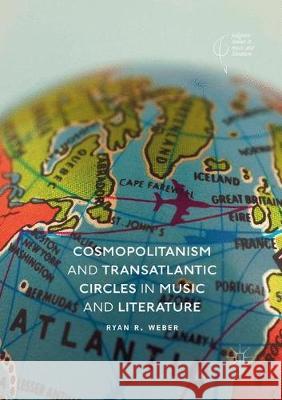Cosmopolitanism and Transatlantic Circles in Music and Literature » książka
topmenu
Cosmopolitanism and Transatlantic Circles in Music and Literature
ISBN-13: 9783030132002 / Angielski / Miękka / 2019 / 305 str.
Kategorie:
Kategorie BISAC:
Wydawca:
Palgrave MacMillan
Seria wydawnicza:
Język:
Angielski
ISBN-13:
9783030132002
Rok wydania:
2019
Wydanie:
Softcover Repri
Numer serii:
000806218
Ilość stron:
305
Waga:
0.38 kg
Wymiary:
21.01 x 14.81 x 1.73
Oprawa:
Miękka
Wolumenów:
01
Dodatkowe informacje:
Wydanie ilustrowane











